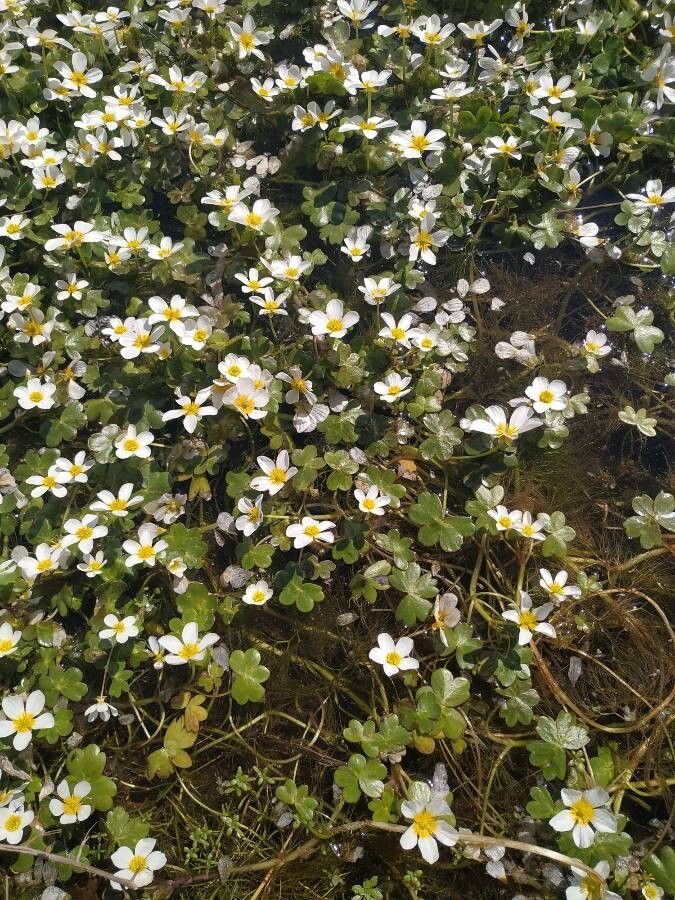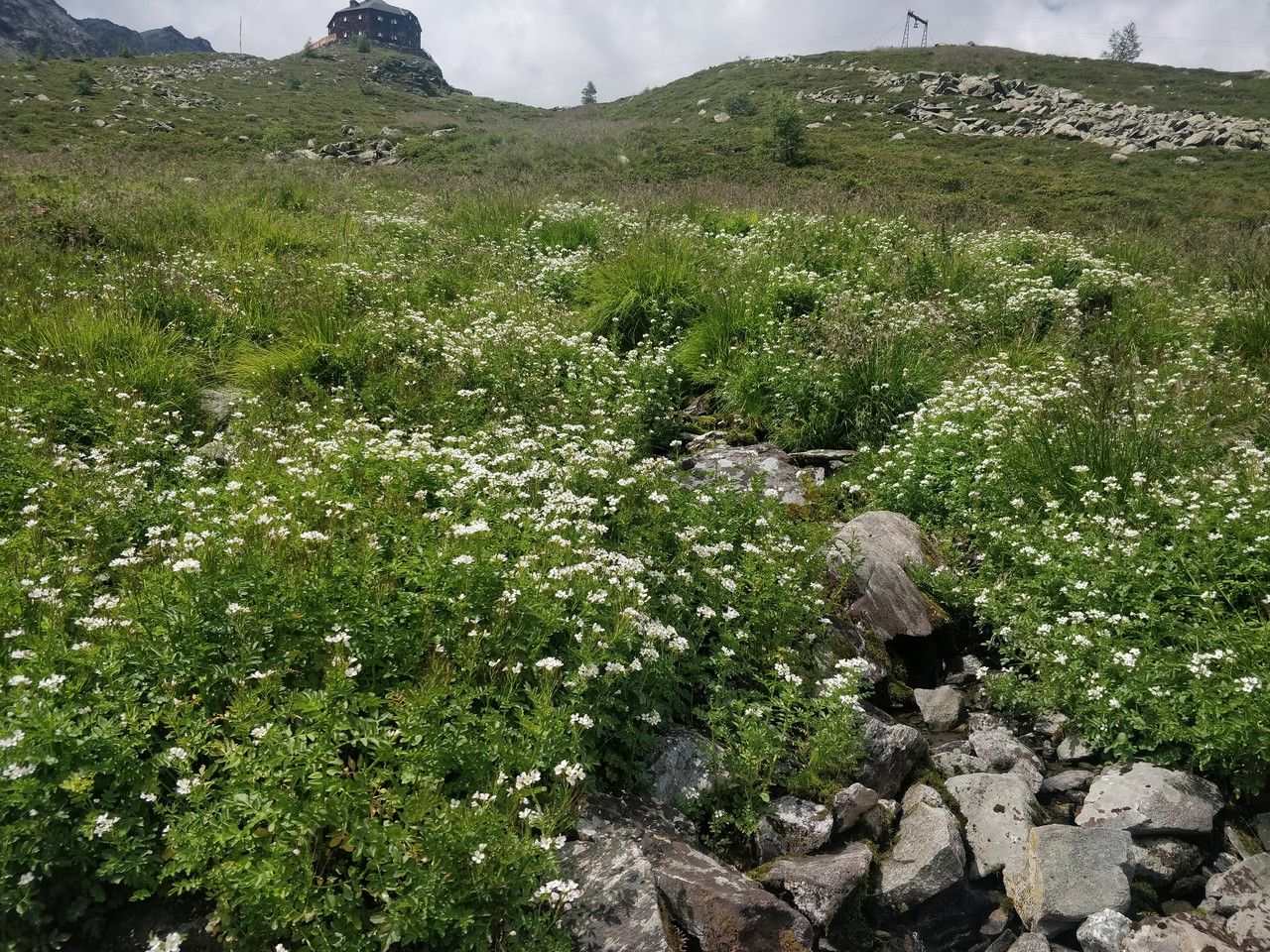## Pond Water-Crowfoot: A Complete Guide
Pond Water-Crowfoot ( *Ranunculus aquaticus*) is a captivating aquatic plant belonging to the Ranunculaceae family, renowned for its delicate, feathery foliage and charming white or yellow flowers. This comprehensive guide delves into its characteristics, habitat preferences, cultivation, and potential uses, providing you with all the knowledge you need to appreciate and perhaps even cultivate this enchanting species.
### Habitat and Growth
This elegant plant thrives in slow-moving or still freshwater environments, including ponds, ditches, canals, and lakes. It's particularly fond of shallow, sunlit areas where its submerged leaves can access ample sunlight for photosynthesis. The leaves exhibit remarkable plasticity, adapting their form depending on the water depth. Submerged leaves are finely dissected, almost thread-like, facilitating efficient nutrient absorption from the water column. Emergent leaves, found near the water's surface, are often broader and more lobed.
### Flowering and Reproduction
During the flowering season, typically from spring to summer, Pond Water-Crowfoot produces delicate, white or pale yellow flowers. These flowers typically have five petals and numerous stamens, a hallmark of the Ranunculaceae family. Pollination is primarily carried out by insects, leading to the formation of achenes, small, dry fruits containing the seeds. The seeds are dispersed by water currents, ensuring widespread propagation.
### Cultivation and Care
Cultivating Pond Water-Crowfoot can be a rewarding experience for those with suitable water features. Plant it in a shallow, sunny part of a pond or container, ensuring the roots are submerged. The soil requirements are not particularly stringent, as the plant primarily obtains its nutrients from the water. Regular fertilization is typically not required, but adding a slow-release aquatic plant fertilizer can promote vigorous growth. It is vital to maintain good water quality and avoid introducing harmful chemicals or pollutants.
### Potential Uses and Ecological Importance
Beyond its aesthetic appeal, Pond Water-Crowfoot plays a crucial role in aquatic ecosystems. Its dense foliage provides shelter and habitat for various aquatic invertebrates, contributing to the overall biodiversity of the water body. The plant also contributes to oxygenation of the water through photosynthesis, benefitting other aquatic life.
### Is Pond Water-Crowfoot Invasive?
While not generally considered highly invasive, it's crucial to monitor its growth in controlled environments like garden ponds. Excessive growth can potentially smother other aquatic plants, so regular pruning might be necessary to maintain balance. Always be aware of local regulations regarding the introduction of non-native aquatic plants.
### Conclusion
Pond Water-Crowfoot, with its delicate charm and vital ecological role, offers a captivating glimpse into the beauty of aquatic flora. By understanding its habitat preferences and growth requirements, gardeners and nature enthusiasts can appreciate and contribute to the conservation of this fascinating plant.
Pond Water-Crowfoot: A Complete Guide

Frequently Asked Questions
How do I grow Pond Water-Crowfoot?
Plant it in a shallow, sunny area of a pond or water garden with submerged roots. The soil requirements are minimal; nutrient uptake is primarily from the water. Avoid harsh chemicals.
Is Pond Water-Crowfoot invasive?
While not aggressively invasive, it can spread. Monitor its growth, especially in contained areas, and prune if necessary to prevent smothering other plants.


